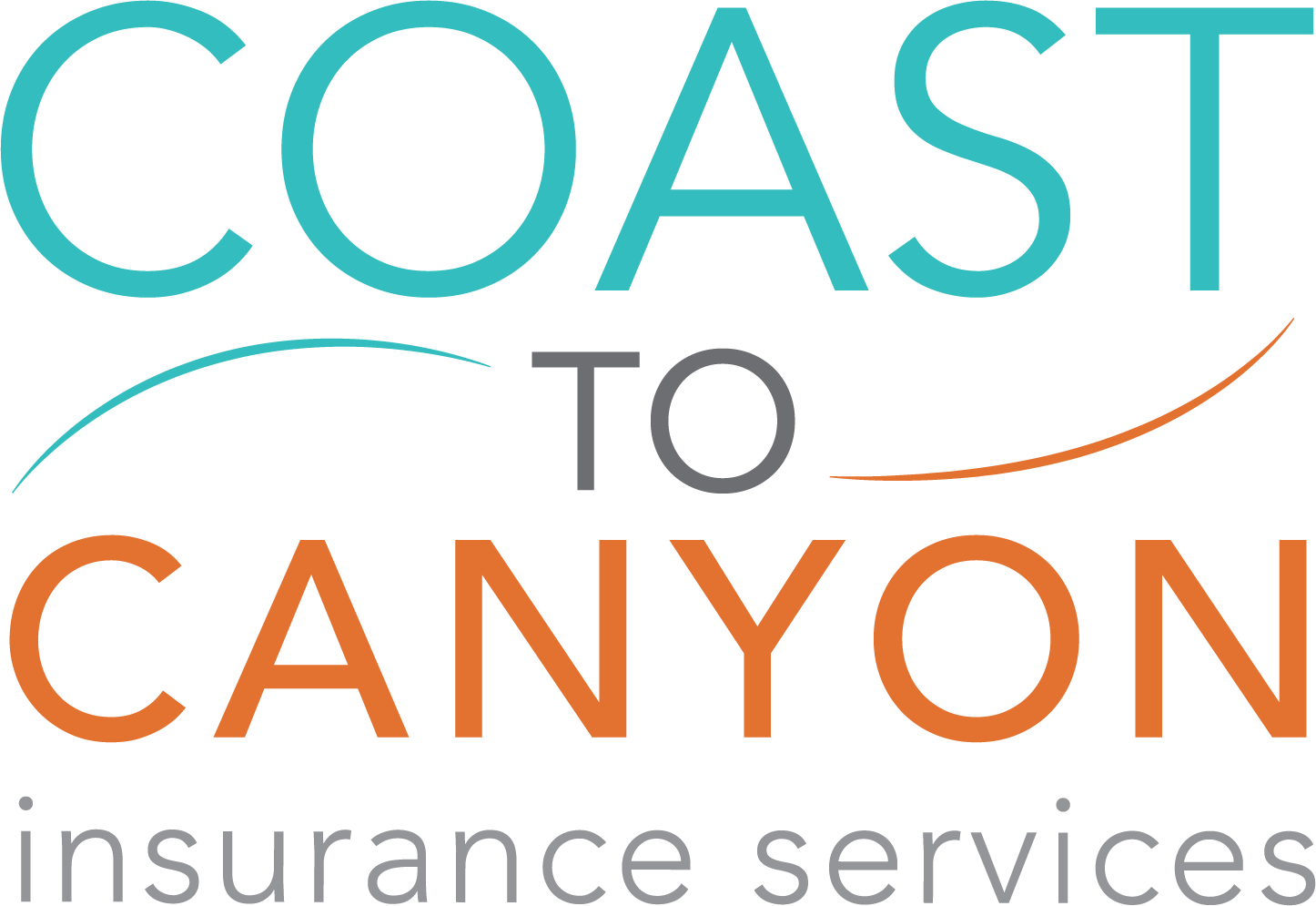Life insurance can be a complicated subject, but that doesn’t mean you should overlook the benefits it may provide you. Life insurance is about more than just your peace of mind, it’s about having financial security for your loved ones, to make sure that they are protected. Let’s go over some of the options you have for life insurance, and find the plan that fits for you. There are two main types of life insurance, term and whole life. TERM LIFE Term life insurance is similar to renting a car. You own the life insurance for a period that you select, commonly in segments of 10 years, and are protected for that term. This type of policy is commonly much cheaper than the whole life option, and may make sense if you are worried about not having the savings to protect your family during that term. When looking at term life, you should: Choose a term that makes sense for your financial goals. You want to be aware of when you may be at risk, and at what point you will have the savings to feel comfortable. Choose a benefit amount that your family would need if you were no longer able to provide. The payout would help pay for expenses you currently incur, as well as new expenses that may arise if you were no longer in the picture. Ideally, you choose term life during periods where there may be heavy expenses and financial drain if your income was no longer in the picture. WHOLE LIFE Whole life insurance is a bit more complicated, but don’t worry! The core benefit is about the same. Whole life is, as the name suggests, a coverage option for lifelong protection. This coverage is more than just a death benefit, the policy itself can be an investment as well. With many whole life policies you are able to borrow money against the policy, or even surrender the policy for a cash benefit. Benefits of Whole Life commonly include: Ideally, you choose whole life if you want a safety net that follows you as you age. The ability to borrow money against the policy, as well as the guaranteed benefit and locked in premiums ensure that you are able to feel safe and protected.


